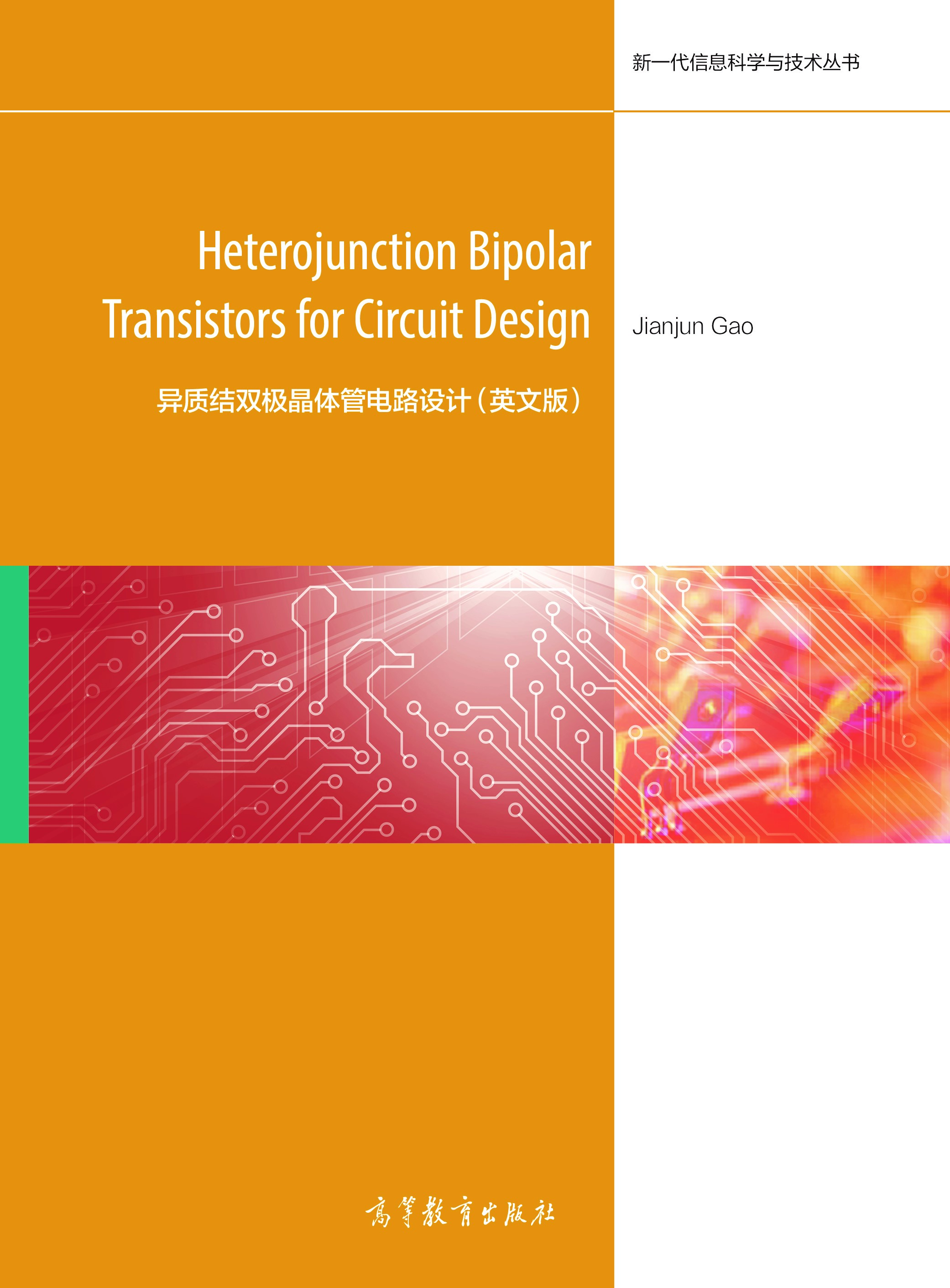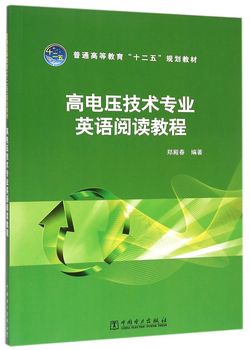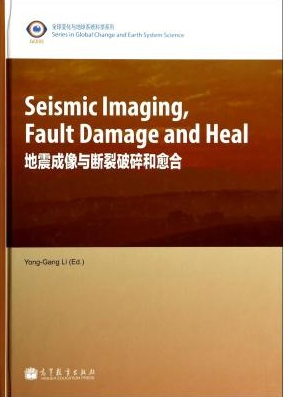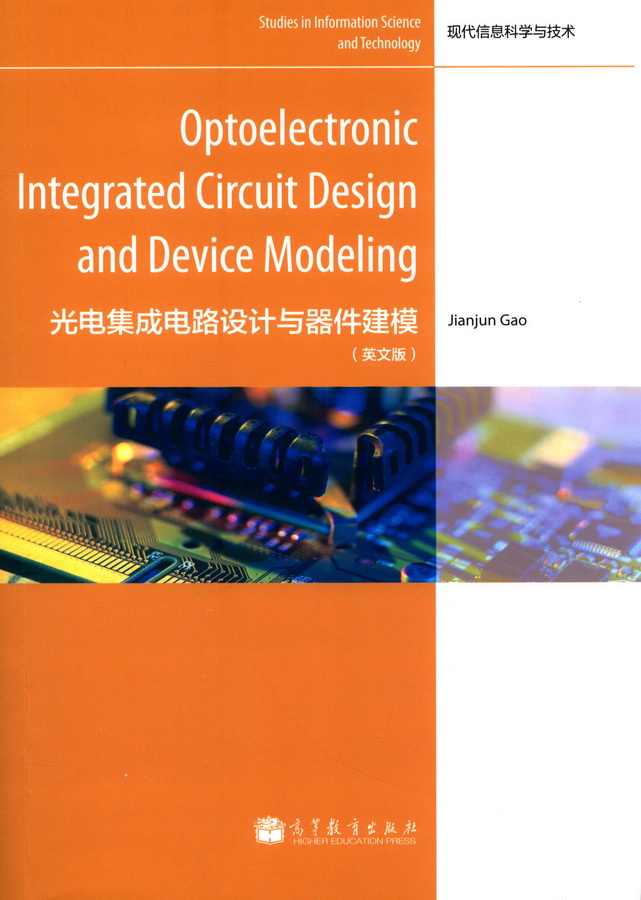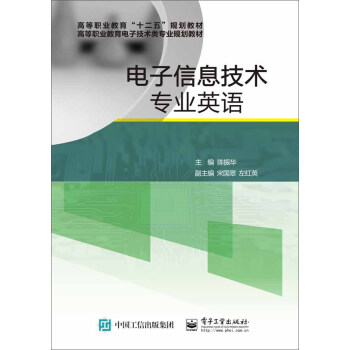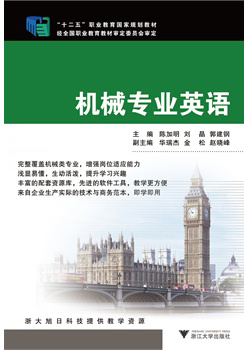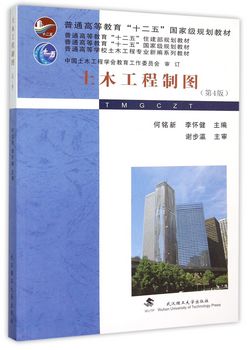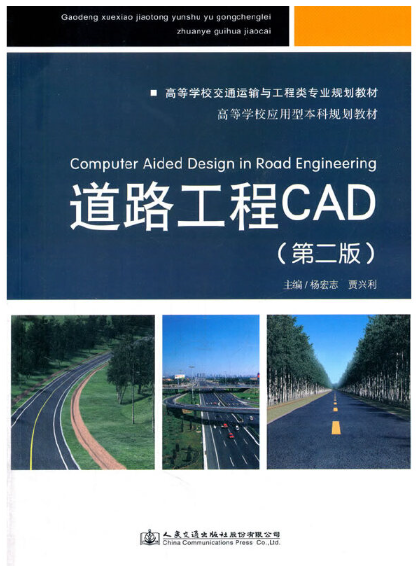异质结双极晶体管电路设计(英文版)
作者: 高建军
出版时间:2015-07
出版社:高等教育出版社
- 高等教育出版社
- 9787040421934
- 1版
- 32430
- 48266920-7
- 平装
- 16开
- 2015-07
- 130
- 200
- 工学
- 电子信息类
- TN710.2
- 电子电气类
- 本科 研究生及以上
本书是作者在微波和光通信领域多年工作、学习、研究和教学中获得的知识和经验的总结。主要内容包括微波信号网络矩阵技术、噪声网络矩阵技术以及以此为基础的微波射频异质结双极晶体管建模和测试技术,此外还包括微波射频异质结双极晶体管小信号等效电路模型、大信号非线性等效电路模型和噪声等效电路模型以及等效电路模型的参数提取技术等。
本书可以作为微波专业、电路与系统专业以及微电子专业高年级本科生和研究生的教学参考用书,也可以供从事集成电路设计的科研人员参考使用。
前辅文
1 Introduction
1.1 Overview of Heterojunction Bipolar Transistors
1.2 Modeling and Measurement for HBT
1.3 Organization of This Book
References
2 Basic Concept of Microwave Device Modeling
2.1 Signal Parameters
2.1.1 Low-Frequency Parameters
2.1.2 S-Parameters
2.2 Representation of Noisy Two-Port Network
2.2.1 Noise Matrix
2.2.2 Noise Parameters
2.3 Basic Circuit Elements
2.3.1 Resistance
2.3.2 Capacitance
2.3.3 Inductance
2.3.4 Controlled Sources
2.3.5 Ideal Transmission Line
2.4 π- and T-Type Networks
2.4.1 T-Type Network
2.4.2 π-Type Network
2.4.3 Relationship between π- and T-Type Networks
2.5 Deembedding Method
2.5.1 Parallel Deembedding
2.5.2 Series Deembedding
2.5.3 Cascading Deembedding
2.6 Basic Methods of Parameter Extraction
2.6.1 Determination of Capacitance
2.6.2 Determination of Inductance
2.6.3 Determination of Resistance
2.7 Summary
References
3 Modeling and Parameter Extraction Methods of Bipolar Junction Transistor
3.1 PN Junction
3.2 PN Junction Diode
3.2.1 Basic Concept
3.2.2 Equivalent Circuit Model
3.2.3 Determination of Model Parameters
3.3 BJT Physical Operation
3.3.1 Device Structure
3.3.2 The Modes of Operation
3.3.3 Base-Width Modulation
3.3.4 High Injection and Current Crowding
3.4 Equivalent Circuit Model
3.4.1 E-M Model
3.4.2 G-P Model
3.4.3 Noise Model
3.5 Microwave Performance
3.5.1 Transition Frequency
3.5.2 Common-Emitter Configuration
3.5.3 Common-Base Configuration
3.5.4 Common-Collector Configuration
3.5.5 Summary and Comparisons
3.6 Summary
References
4 Basic Principle of HBT
4.1 Semiconductor Heterojunction
4.2 HBT Device
4.2.1 GaAs HBT
4.2.2 lnP HBT
4.3 Summary
References
5 Small-Signal Modeling and Parameter Extraction of HBT
5.1 Small-Signal Circuit Model
5.1.1 Pad Structure
5.1.2 T-Type Circuit Model
5.1.3 π-Type Circuit Model
5.1.4 Unilateral Power Gain
5.1.5 fr and fmax
5.2 HBT Device Structure
5.3 Extraction Method of PAD Capacitances
5.3.1 Open Test Structure Method
5.3.2 Pinch-Off Method
5.4 Extraction Method of Extrinsic Inductances
5.4.1 Short Test Structure Method
5.4.2 Open-Collector Method
5.5 Extraction Method of Extrinsic Resistance
5.5.1 Z Parameter Method
5.5.2 Cold-HBT Method
5.5.3 Open-Collector Method
5.6 Extraction Method of Intrinsic Resistance
5.6.1 Direct Extraction Method
5.6.2 Hybrid Method
5.7 Semianalysis Method
5.8 Summary
References
6 Large-Signal Equivalent Circuit Modeling of HRT
6.1 Linear and Nonlinear
6.1.1 Definition
6.1.2 Nonlinear Lumped Elements
6.2 Large Signal and Small Signal
6.3 Thermal Resistance
6.3.1 Definition
6.3.2 Equivalent Circuit Model
6.3.3 Determination of Thermal Resistance
6.4 Nonlinear HBT Modeling
6.4.1 VBIC Model
6.4.2 Agilent Model
6.4.3 Macromodeling Method
6.5 Summary
References
7 Microwave Noise Modeling and Parameter Extraction Technique for HBTs
7.1 Noise Equivalent Circuit Model
7.2 Derivation of Noise Parameters
7.3 Noise Parameter Extraction Methods
7.3.1 Tuner-Based Extraction Method
7.3.2 Noise Parameters Based on Noise Figure Measurement
7.4 Common Base, Emitter, and Collector Configurations
7.4.1 Signal Parameter Relationships
7.4.2 Noise Parameter Relationships
7.5 Summary
References
8 SiGe HBT Modeling and Parameter Extraction
8.1 Introduction
8.2 Small-Signal Model
8.3 Large-Signal Model
8.3.1 HICUM
8.3.2 MEXTRAM Equivalent Circuit Model
8.4 Summary
References
Index

